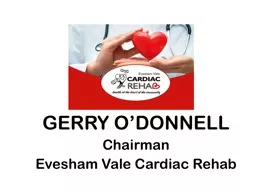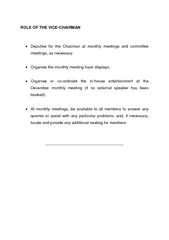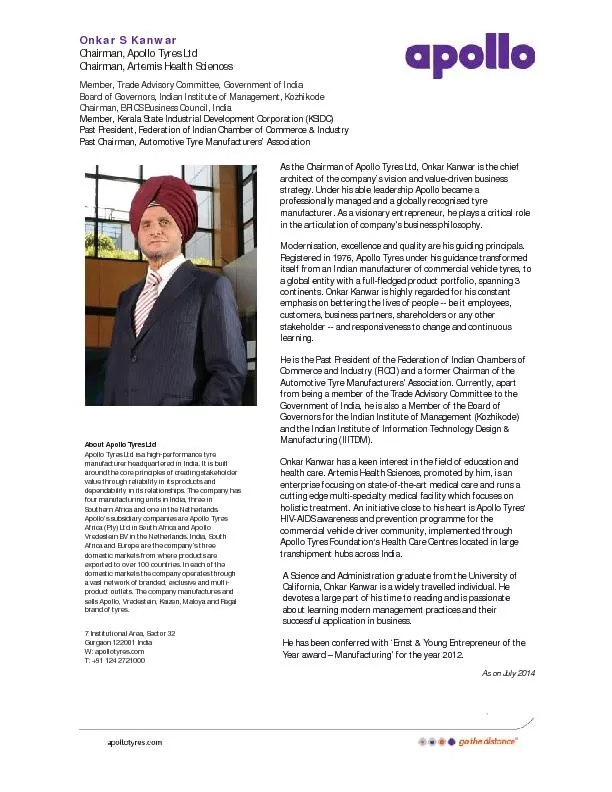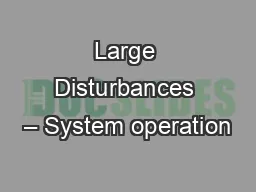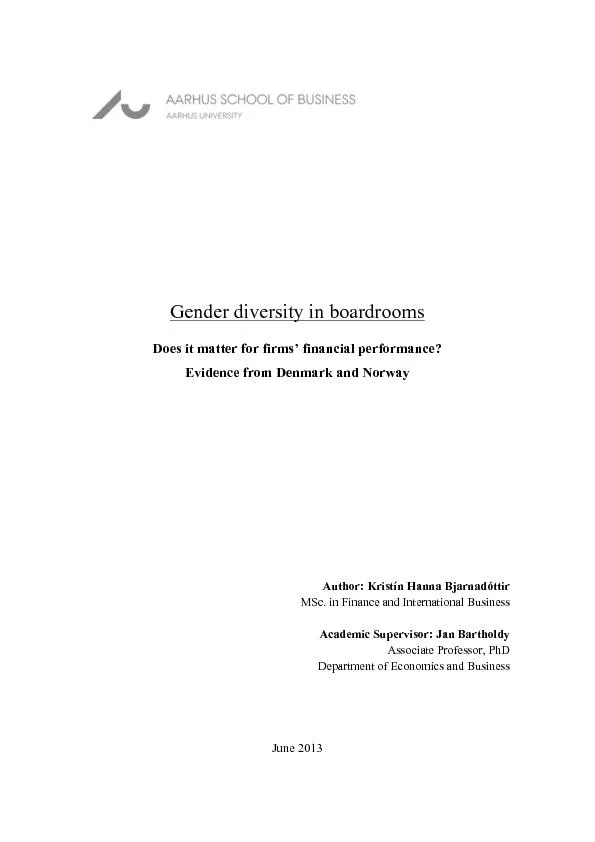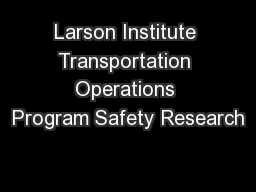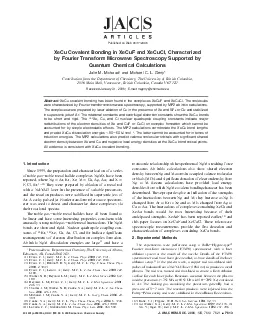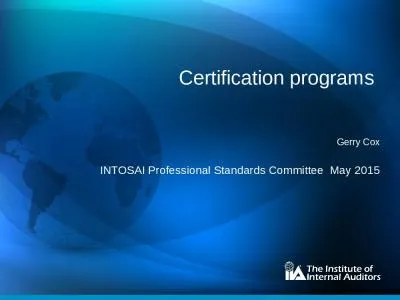PPT-GERRY O’DONNELL Chairman
Author : SkylineBabe | Published Date : 2022-08-03
Evesham Vale Cardiac Rehab Coronary Heart Disease 22 December 1988 EVCR Beginnings 29 January 1991 Easterbrook Hall Dumfries
Presentation Embed Code
Download Presentation
Download Presentation The PPT/PDF document "GERRY O’DONNELL Chairman" is the property of its rightful owner. Permission is granted to download and print the materials on this website for personal, non-commercial use only, and to display it on your personal computer provided you do not modify the materials and that you retain all copyright notices contained in the materials. By downloading content from our website, you accept the terms of this agreement.
GERRY O’DONNELL Chairman: Transcript
Download Rules Of Document
"GERRY O’DONNELL Chairman"The content belongs to its owner. You may download and print it for personal use, without modification, and keep all copyright notices. By downloading, you agree to these terms.
Related Documents

